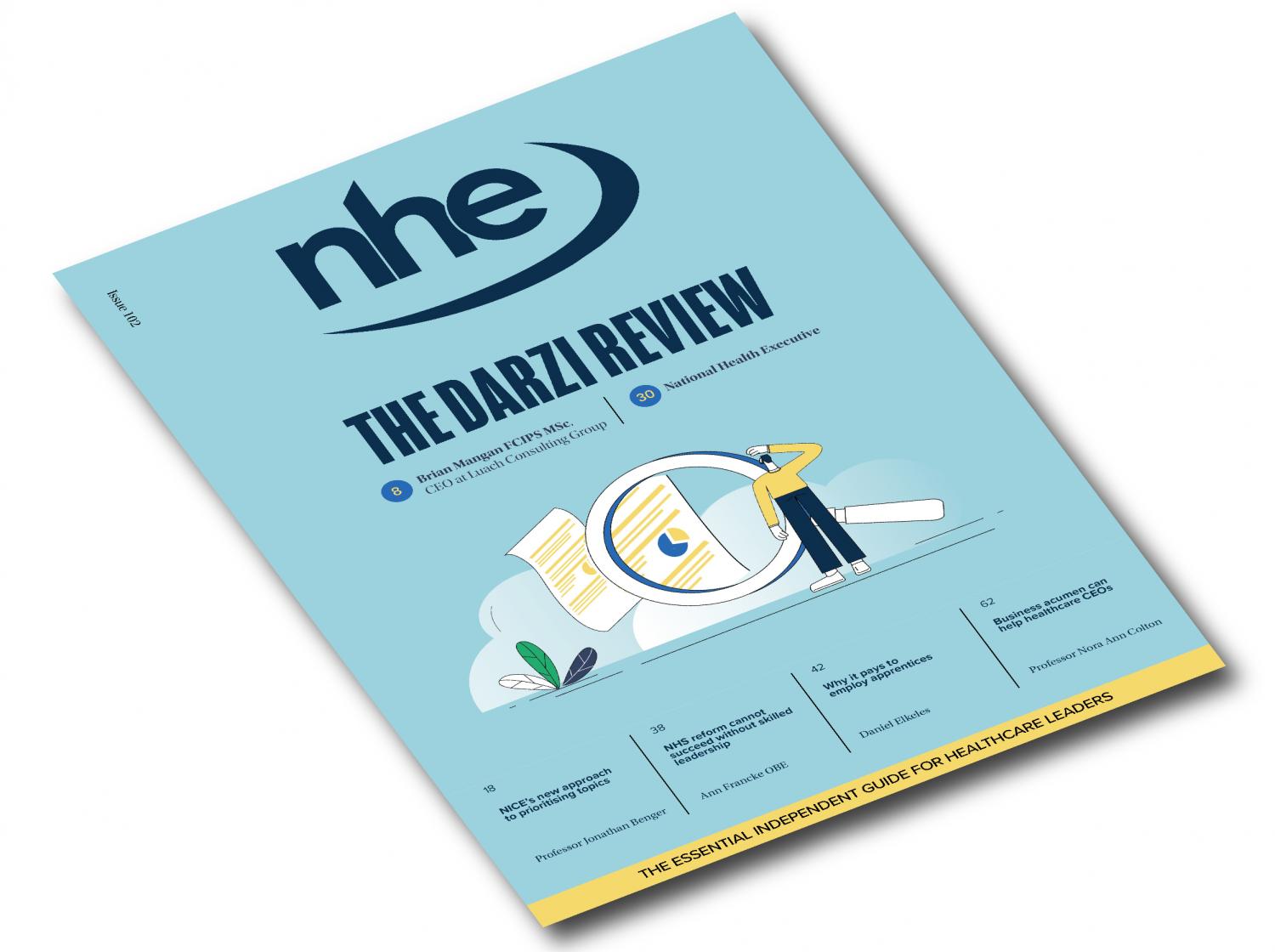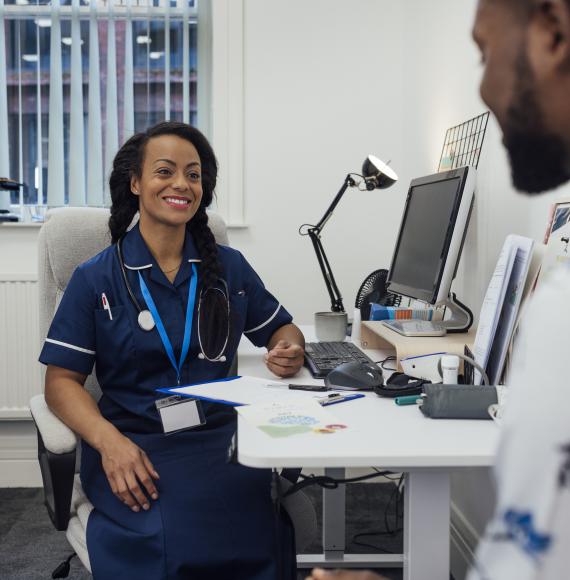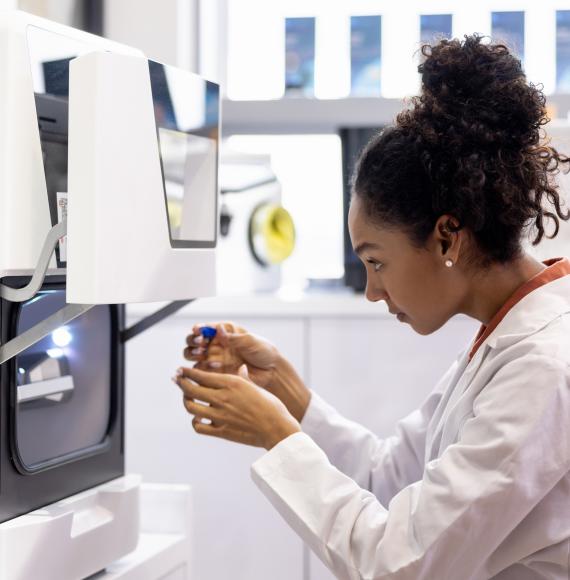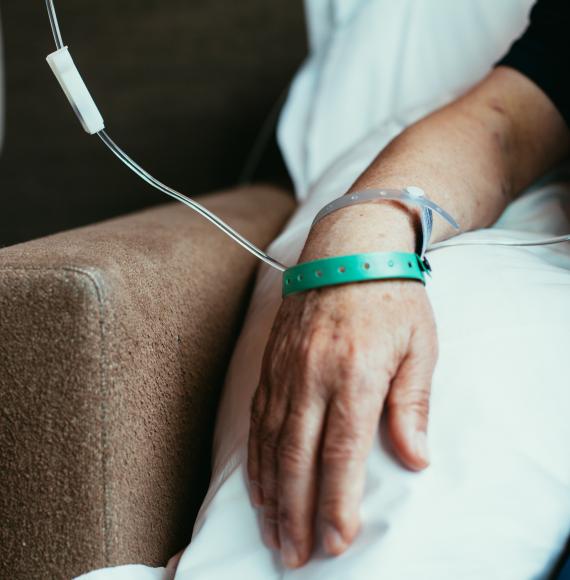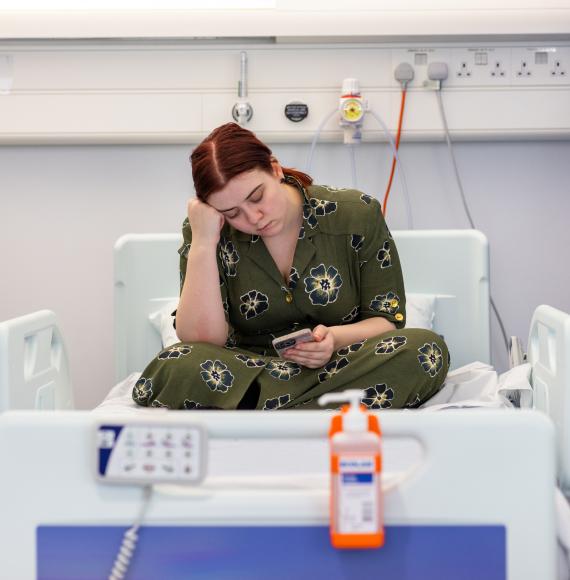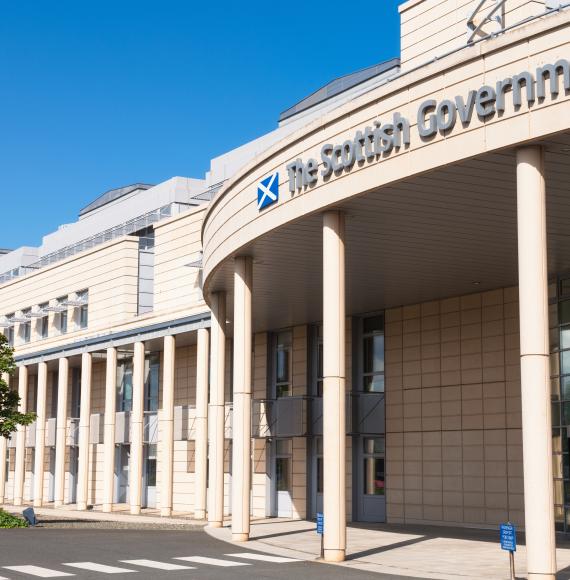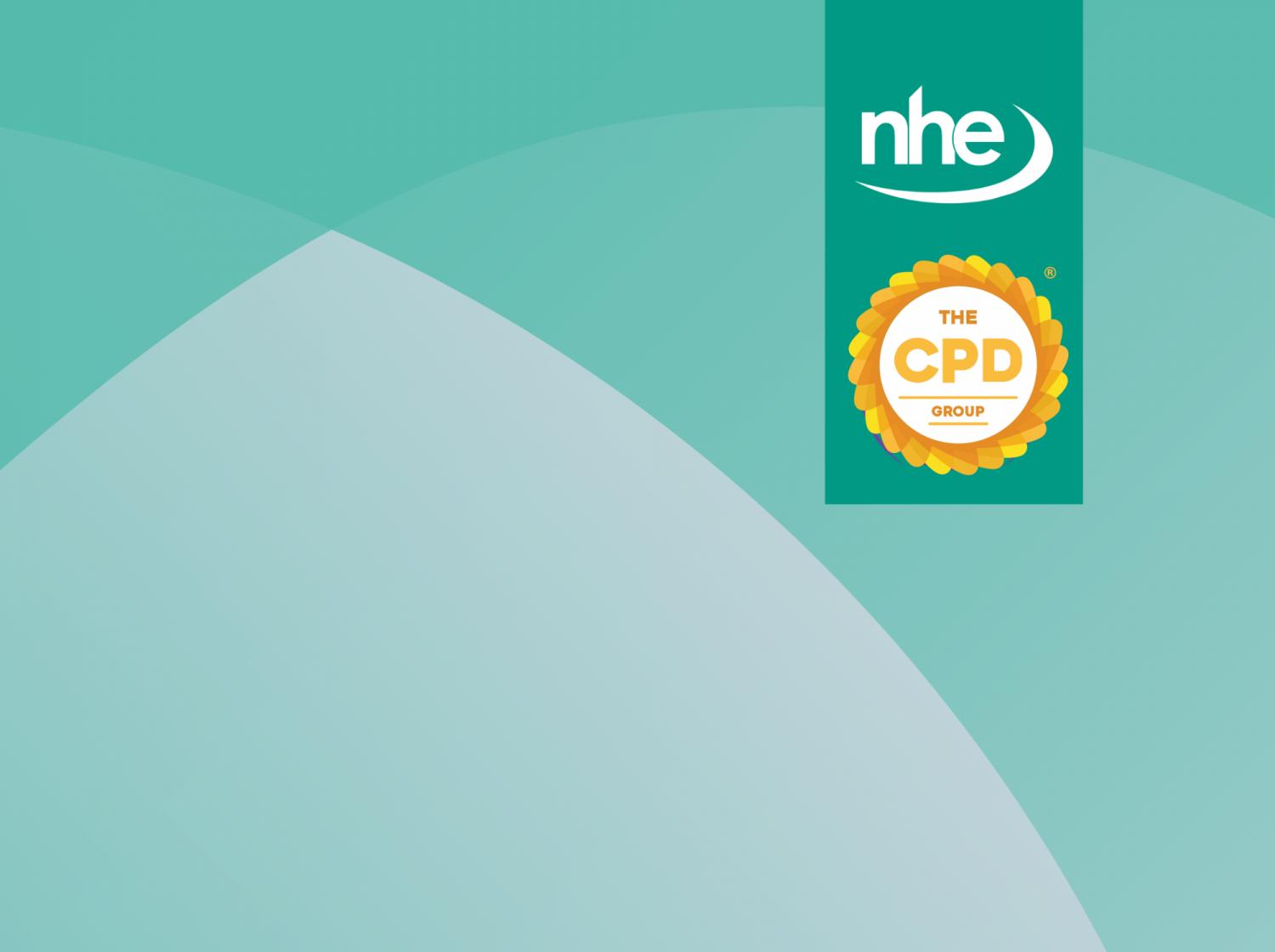Better patient safety, improved training and reduced pressure for the frontlines have all been touted as benefits from the imminent government legislation on physician associates (PAs) and anaesthesia associates (AAs) due tomorrow.
This Wednesday, the government will allow the General Medical Council (GMC) to kickstart the process of regulating medical associates.
The GMC will see that PAs and AAs are subject to the same regulatory oversight as doctors, by setting standards of practice, education and training as well as operating fitness to practice procedures. Regulations will come into effect at the end of 2024.
The Department of Health and Social Care hopes this will help all stakeholders better understand the roles of PAs and AAs in relation to other health professionals.
Victoria Atkins, the health secretary, said: “This new legislation paves the way for these professionals to be held to the same strict standards as doctors, boosting patient safety.”
While they can work autonomously, PAs always work under the supervision of a fully-trained doctor and can take medical histories, perform examinations, and deliver treatment and management plans.
Under anaesthetists, AA responsibilities include to review patients prior to surgery, manage medications, deliver fluid and blood therapy during surgery, and create a postoperative plan for patients.
Approximately 1,500 PAs work in hospitals and 1,700 in primary care settings – the NHS Long Term Workforce Plan aims to increase this to 10,000 overall by 2036/37.
Comparatively, there are 320 AAs, with the government intending to expand this group to 2,000 by the same year.
To further clarify the difference between doctors, PAs and AAs, the GMC is actively considering the format for the reference numbers that PAs and AAs will have upon joining the register.
Chief executive of the GMC, Charlie Massey, commented: “We’re pleased to support the development of these valuable professionals recognising the important role they play in the medical workforce.
“Regulation will help increase the contribution PAs and AAs can make to UK healthcare while keeping patients safe. We are working hard to design and deliver detailed regulatory processes for registration, education, standards and fitness to practise for both professions.”
Image credit: iStock



